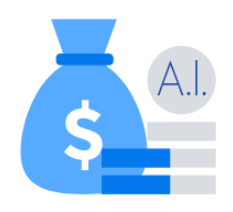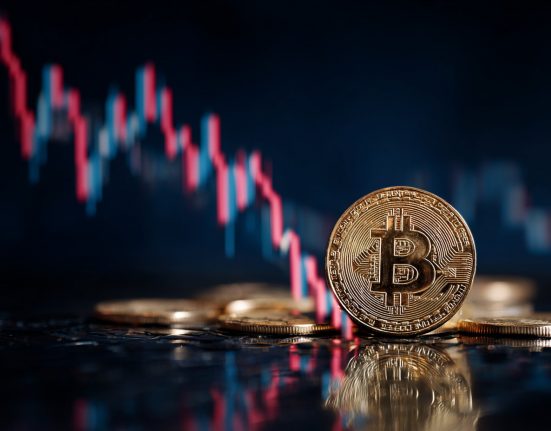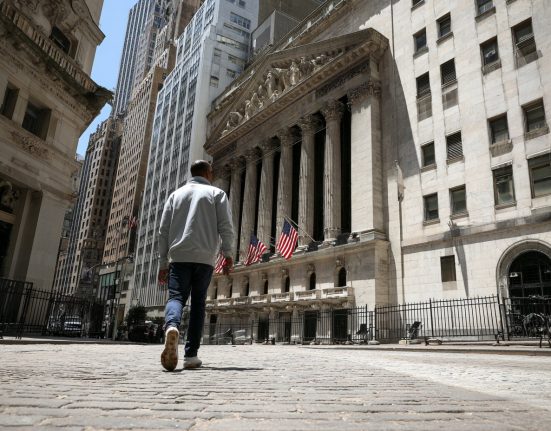Easy-access savings rates have been falling in recent months, and the Bank of England is expected to cut its base rate again soon. So should you take out a fixed savings account now before rates drop further?
The base rate is currently 4.75%, after being cut from 5% on 7 November and then held in December, and commentators predict that rates could drop again, despite inflation ending 2024 at 2.5%, above the Bank’s target.
Savings rates have been gradually falling in the past year. The average easy-access rate has dropped from 3.15% in January 2024 to 2.96% in December, while the average easy-access Isa rate has fallen from 3.25% to 3.16%, according to data firm Moneyfacts.
However, if found fixed-rate bonds have fallen far faster – in January 2024 the average one-year savings bond paid 4.87%, now that figure is 4.19%. Five-year fixed-rate savings bonds have fallen from 4.20% to 3.86%.
If you’ve cash to save, you could be wondering whether you should lock this up in a fixed savings account now before rates fall further.
Should I take out a fixed savings account?
Whether you should take out a fixed savings account partly depends on what you expect to happen to interest rates in the coming months and whether you’ll need access to your cash quickly.
The Bank of England’s Monetary Policy Committee (MPC) voted by a majority of 6-3 to maintain the base rate at 4.75% on December 19. “If inflation remains close to the target, we expect to reduce interest rates further,” the Bank’s rate-setting Monetary Policy Committee wrote in its November inflation report.
But Bank of England interest rates aren’t the only things banks look to when setting fixed-rates, and there are some good fixed rates to choose from at the moment though – with rates on fixed-term bonds now higher than easy-access accounts for the first time in two years.
Mark Hicks, head of active savings at Hargreaves Lansdown, said: “It feels as if fixed rates may finally have steadied and may even be on the up over the medium term after the consistent declines throughout 2024.”
Ultimately, deciding on a fixed deal and how long you fix for will depend on what you think about current forecasts and when you will need to access your savings.
After all, securing a better interest rate on your savings for the next two-years isn’t a lot of use if you need to borrow money to cover an expense six months into the two-year term.
What is a fixed savings account?
As their name suggests, fixed rate savings accounts offer a guaranteed interest rate over a set period, unlike variable accounts such as easy access savings, where rates can change over time.
Also, fixed rate bonds typically don’t allow withdrawals without penalty until the end of the account’s term. If early access is allowed at all, it usually comes with a penalty, often in the form of losing some or all of your interest.
A fixed savings account is a good option if you’re looking to save for goals a few years away, like a big holiday or wedding. Because the interest rate is fixed for the term of your account, you’ll know exactly how much you’ll earn over that time period.
Do I need a fixed savings account?
Whether you need a fixed savings account depends on your savings goals, and your financial situation. If you’ve no cash savings, you’ll want to build up some money in an easy-access account before locking any money away. Experts recommend saving about three months’ worth of expenditure in an easy-access savings account.
Once you’ve set aside some emergency savings, you could benefit from a higher rate in a fixed savings account. If you’re saving towards a holiday in a year’s time, for example, you could consider tying up your savings for this period. However, if you have a longer-term savings goal of five years or more, such as paying for your child’s university fees, you might want to consider investing your money.
What fixed rate account should I choose?
When choosing a fixed rate account, consider your savings goals. Longer terms typically offer higher rates, but your money will be tied up for a longer period. This year, however, the best rates have often been found in shorter-term bonds.
Rachel Springall, finance expert at Moneyfacts, said: “Picking the right fixed bond term entirely depends on someone’s circumstances and how soon they wish to access their pot. There are bonds with fixed terms of just a few months, so these might be useful for someone who has a big lump sum but may need to use it before the year is over, for a deposit for a home, for example.”
What are the pros and cons of a fixed rate bond?
Pros
One of the main advantages of a fixed rate bond is the guaranteed interest, regardless of changes to the Bank of England base rate. You also have the security of getting a certain rate of interest on this portion of your savings to balance out any higher risk investments you might have over the longer term. Once you’ve put your money into a fixed rate bond, you don’t need to think about moving it until the term ends, so you can essentially forget about it until then.
Cons
The main potential downside of a fixed rate bond is that as your money is locked up for the term, you can’t access it if needed. If you can make an early withdrawal, you’ll usually pay a penalty. There’s also the chance that you miss out on any higher rates that might become available later on, although in the current interest rate environment that risk feels low.
It’s worth checking the terms and conditions to see if you’re able to take your money out early, though this usually means losing any interest. If you’re unsure about tying up your money for an extended period, a shorter-term bond, for one or two years, might be a more flexible option.
Where can I find the best fixed savings accounts?
Fixed rate bonds often provide some of the highest savings rates available, as long as you’re comfortable locking your money away. However, with rates falling, it’s worth acting quickly to secure a good deal.








